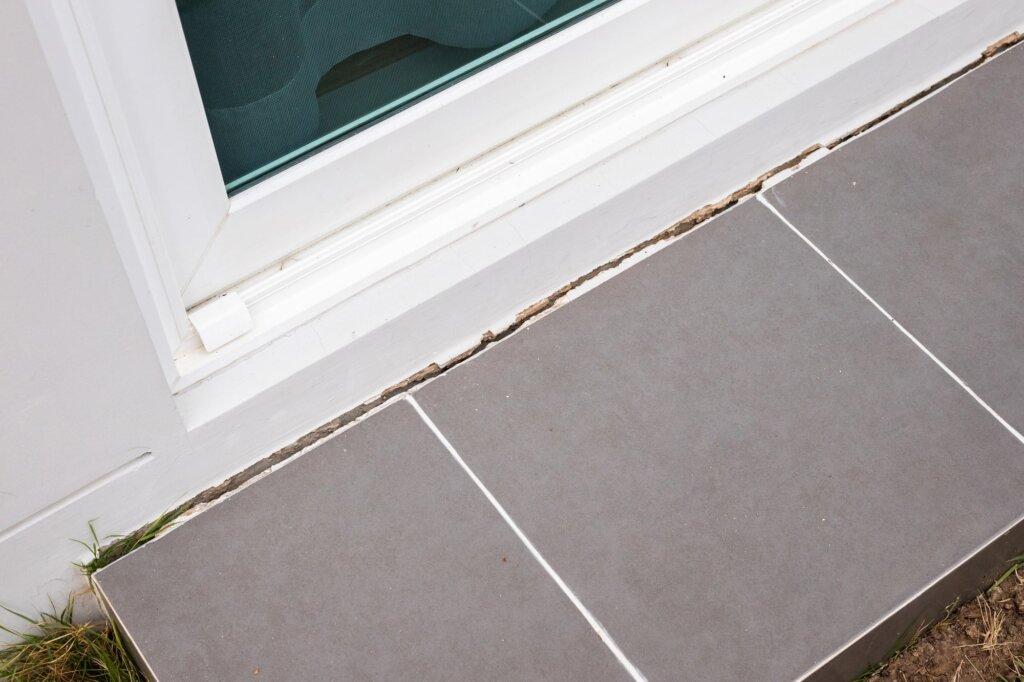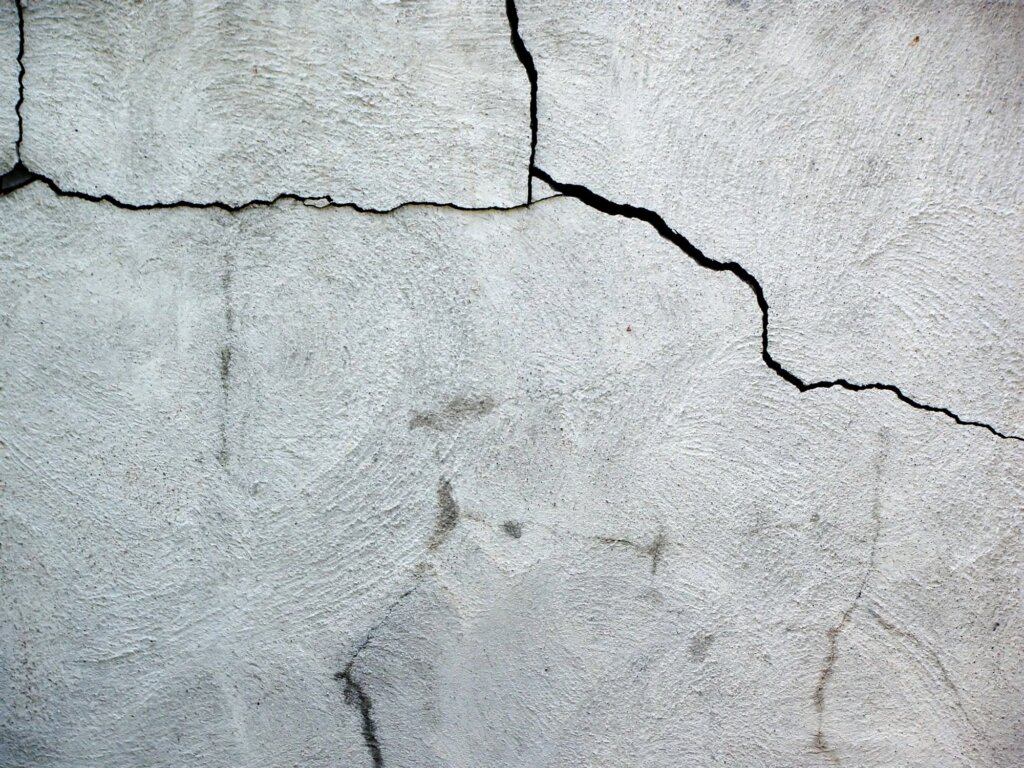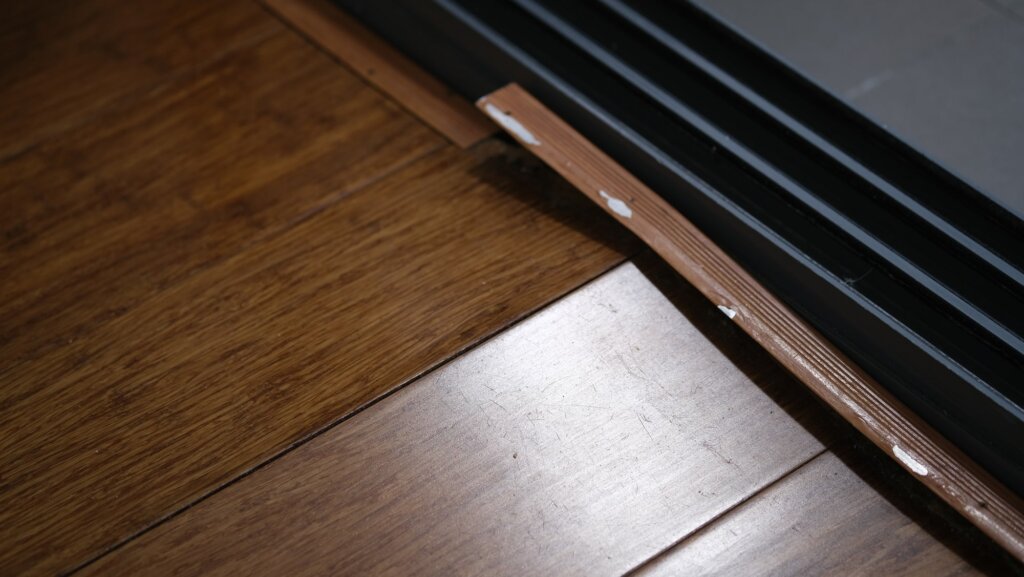Owning a home is one of the biggest investments you will ever make. It’s a place of safety and comfort. Yet, this valuable asset can face challenges over time. Natural elements like harsh weather and shifting climates can take a toll on your house and its foundation, which is vital for structural support.
Different regions present unique risks. From icy winters to the scorching heat and heavy rains, these factors can weaken your home. As a responsible homeowner, being aware of the signs of foundation issues is important. Quick action can save you from severe damage and costly repairs down the line. Keep an eye out for early warning signs to protect your investment.
Common Signs of Foundation Problems
You should be aware of several key indicators of foundation issues. Look for wall cracks, especially large or horizontal ones. Other signs include bowing foundation walls, uneven concrete slabs, and noticeable gaps around windows or doors. Pay attention to any sinking ground near your home, as it may signal foundation settlement.
The following are 12 of the most common signs you need to watch out for:
1. Cracks in Foundation, Walls or Floor
Noticing cracks in your foundation, floors, or walls can signal underlying issues with your structure. These cracks can form due to the natural movement of the foundation or changes in the surrounding soil.
Different types of cracks indicate various levels of concern:
- Vertical cracks occur from settling and may not pose serious risks.
- Horizontal cracks suggest pressure on the foundation, which can be worrying.
- Diagonal cracks are often a sign of significant movement in the foundation.
- Stair-step cracks in brick or mortar indicate potential issues with the construction.
2. Sinking or Settling Foundation
Foundation settling is a natural process after your home is built, often caused by soil movement. Small shifts are normal, but significant settling can indicate trouble. The threshold for concern is typically when the foundation settles more than 1 inch over 20 feet.
If you observe gaps or cracks near the foundation, especially vertical hairline cracks, seek a professional’s help promptly. Ignoring these signs can lead to larger issues later.
3. Foundation Upheaval
Foundation upheaval means that your foundation is moving upward, which can be particularly problematic. It often occurs due to excess moisture in the soil, causing it to expand and apply pressure on the foundation.
Other factors contributing to this situation include tree root growth, bad construction practices, and environmental effects like frost. Properties in clay soils are especially vulnerable due to their tendency to absorb water.
4. Doors That Stick Or Don’t Open And Close Properly
If your doors or windows start sticking or won’t close properly, it may result from foundation shifts. Wood materials can expand due to humidity, but if the problem persists without wet weather, it could indicate a structural issue.
When doors drag or don’t fit well in their frames, this could point to problems with the foundation’s stability. It’s essential to have these issues assessed before they worsen.
5. Gaps Around Window Frames Or Exterior Doors
Gaps around window frames or doors suggest that they no longer fit snugly, which can affect their functionality. These gaps might make it difficult for doors to latch properly and can make window frames appear crooked.
Although this may seem minor, it can represent larger foundation challenges that need to be addressed to prevent further complications.
6. Sagging Or Uneven Floors
If you notice your floors are sagging or uneven, this often indicates foundation troubles. The appearance of uneven floors can vary based on your foundation type.
For example, slab foundations can become lopsided if the soil beneath shifts. In contrast, pier and beam foundations may start to sag. Regardless of the cause, unstable floors can pose safety risks and should be inspected swiftly.
7. Damp Crawl Space In A Pier And Beam House
High moisture levels in crawl spaces can lead to serious foundational problems over time. This condition can weaken your home’s structure and may attract pests like termites or encourage mold growth.
If you find that your crawl space is consistently damp, identify the source of the moisture. It could stem from poor drainage, plumbing leaks, or environmental factors, and needs immediate attention to prevent damage.
8. Counters And Cabinets Separating From The Wall
When counters or cabinets start pulling away from walls, it may indicate significant foundation issues. You might initially notice a small tilt, but if left unaddressed, the gap can widen, signaling more extensive movement in your home’s base.
Evaluating the stability of your cabinets and counters regularly can help catch these problems early.
9. Drainage Issues
A well-functioning drainage system is key to protecting your home’s foundation. Poor drainage can cause water to pool in unwanted areas, putting stress on the foundation and potentially leading to damage.
Standing water, in particular, can weaken the soil around your home, leading to an increase in soil pressure or even foundational decay. Regular inspections of drains and drainage systems are necessary to maintain your home’s health.
10. Weeds Growing Near Foundation
While weeds are often considered a nuisance in gardens, their presence near your home’s foundation can reveal underlying problems. If weeds are thriving close to your house, it might indicate excessive moisture or even cracks in the foundation that allow them to take root.
Monitoring weed growth and addressing it promptly can aid in avoiding larger issues with your foundation.
11. Nails Popping Out
Nails that are frequently popping out can be a minor annoyance, but excessive nail pops may point to more serious underlying issues. This can occur from wood expansion, vibrations, or moisture-related problems.
If you notice many nails pushing out from walls or ceilings, check for cracks both inside and outside your home to determine if there’s a bigger issue at play.
12. Musty Smells in the Basement
A musty odor in your basement often signals moisture problems, which can cause long-term damage to your foundation. This smell can indicate mold growth or water intrusion, both of which can weaken your structure.
What To Do if You See Signs of Foundation Issues
Safeguard Your Home from Structural Damage with HD Foundations
Noticing problems such as small cracks or uneven floors may seem minor, but they can lead to serious structural issues if not addressed quickly. It’s important to take action to maintain the safety of your home and protect your investment.
If you suspect foundation troubles, reach out to a professional for a thorough inspection of your property. HD Foundations specializes in identifying and fixing foundation problems. They offer a free inspection to assess your situation, giving you peace of mind without any financial commitment.
Additionally, you can receive a no-obligation quote for the necessary repairs. Their team of qualified experts will guide you through the process, ensuring that any drainage or foundation issues are handled efficiently and effectively. Protect your property today and ensure a safe living environment for you and your family.
Frequently Asked Questions
How can you identify foundation issues?
To spot foundation problems, look for these signs in your home:
- Cracks in walls: Check for diagonal or large cracks; these may indicate movement.
- Uneven floors: If your floors slope or feel unstable, it could signal underlying issues.
- Doors and windows: If they stick or don’t close properly, it might suggest foundation trouble.
- Visible gaps: Look for spaces between walls or ceilings.
What are typical issues with existing foundations?
Common problems in existing foundations include:
- Water damage: Excess moisture can weaken foundations and lead to cracks.
- Soil movement: Shifting soil can create pressure and damage your foundation.
- Poor drainage: Inadequate drainage systems can cause water to collect around the foundation.
- Age-related wear: Older foundations may have natural wear and tear that leads to various issues.
What challenges are associated with building foundations?
Foundation problems can result from several challenges:
- Inadequate support: If a foundation lacks proper support, it can lead to cracks and movement.
- Poor construction: Foundations built without following guidelines may face various issues over time.
- Soil type: Certain soil types can expand or contract, affecting the stability of a foundation.
- Environmental factors: Flooding or seismic activity can severely impact a foundation’s integrity.
How can you determine if a foundation is solid?
To assess if a foundation is in good condition, consider these factors:
- Levelness: Use a level tool to check if the floors are even.
- Visual inspection: Look for any obvious cracks or signs of wear on the foundation.
- Check for moisture: Ensure that your basement or crawl space is dry.
- Professional evaluation: If uncertain, consider hiring an expert to inspect the foundation thoroughly.



